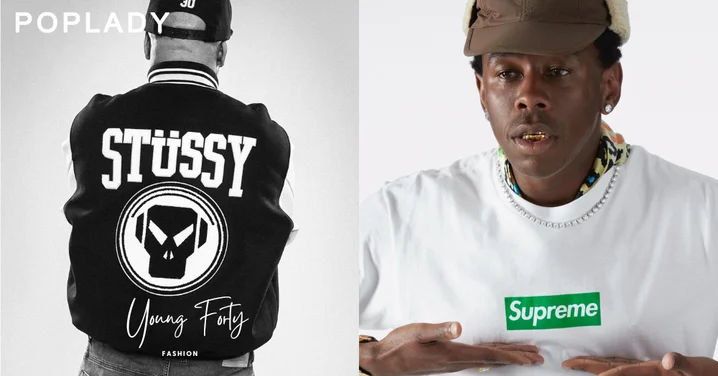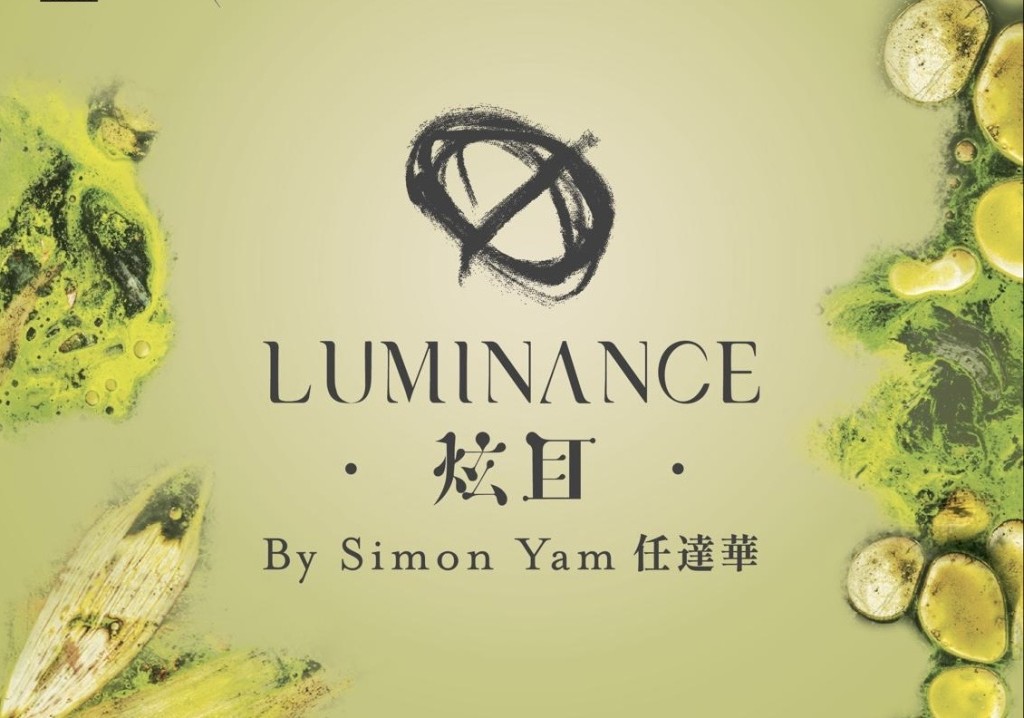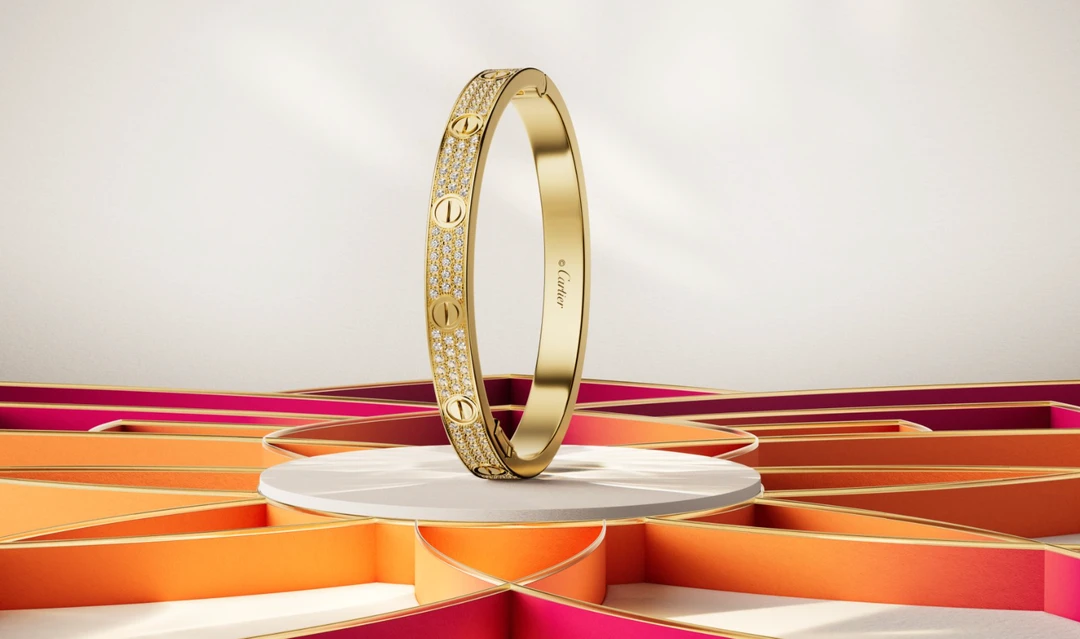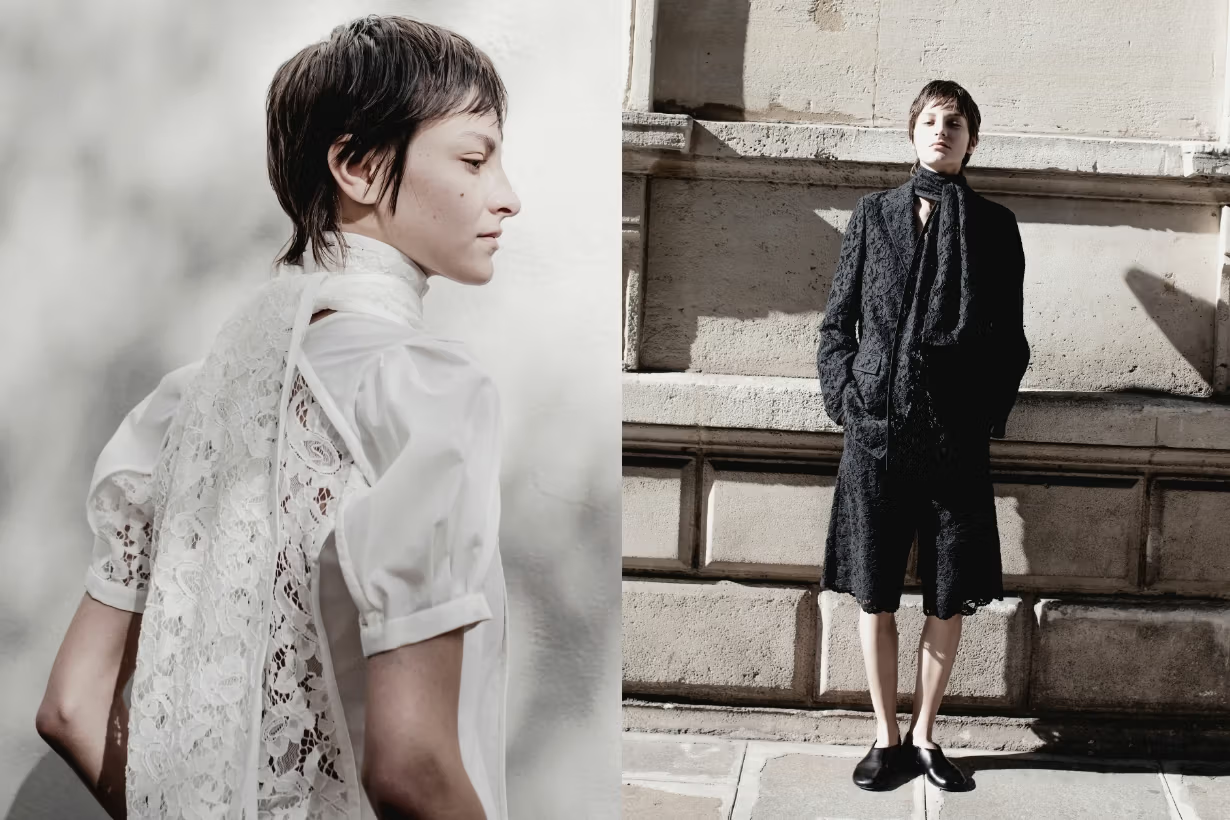Asia Fashion Weekly News Bulletin – ISSUE 36 Week of 13 October 2025
(1) Korean Social Media Buzz: Mocking Older Men for Trying to Stay Young! Stüssy, Supreme Labeled as “Young Forty”
Louis Vuitton’s first restaurant in Seoul, Le Café, opened September 1, blending French-Korean cuisine with iconic Monogram dishes. Already fully booked, it expands the brand’s global culinary venture.
(2) Luminance by Simon Yam Exhibition Opens in Central on October 16: Art-Fashion Collaboration Weaves Boundless Imagination
Luminance by Simon Yam exhibition opens October 16-22 at Tai Kwun, blending Yam’s art with fashion designers’ creations and Tai Ping carpets, showcasing innovative art-fashion fusion.
(3) Diwali: How brands celebrate with India’s luxury consumers
Taipei Fashion Week SS26, October 16–20, 2025, blends Taiwanese drama and fashion with shows, exhibitions, and a trade fair, promoting sustainability and cultural storytelling to elevate Taiwan’s global design presence.
(4) Atsuro Tayama’s 2026 Spring/Summer Collection: The Philosophy of Wabi Sabi
Atsuro Tayama’s 2026 Spring/Summer collection, inspired by tea ceremony’s “Shu, Ha, Ri,” blends classic suits, lace, denim, and translucent fabrics, merging Eastern aesthetics with wearable, avant-garde elegance in Paris.
(1) Korean Social Media Buzz: Mocking Older Men for Trying to Stay Young! Stüssy, Supreme Labeled as “Young Forty”

(Photo Credit: Poplady)
In South Korea, the term “Young Forty” (영포티) has emerged as a trending, satirical label on social media, targeting men in their 40s who chase youthful fashion trends. Originally a positive marketing term in 2015, it celebrated affluent, style-conscious men embracing a youthful lifestyle. However, it has evolved into a mocking critique of middle-aged men whose pursuit of brands like Stüssy, Supreme, and Stone Island is seen by younger generations as outdated or overly reliant on wealth rather than genuine fashion sense. This phenomenon reflects Korea’s complex societal views on age, appearance, and cultural identity, highlighting tensions between generations over fashion authenticity.
The “Young Forty Look” is characterized by expensive, logo-heavy streetwear brands like Stüssy, Supreme, and Ami, which have lost their edge among youth once adopted en masse by older men. Brands such as Stone Island and Wooyoungmi, favored for their conspicuous logos or relaxed fits, are criticized for becoming uniform-like symbols of wealth rather than individuality. This generational clash extends beyond aesthetics, as younger Koreans value unique cultural identities, and the influx of older consumers into their preferred brands dilutes their exclusivity, sparking memes and phrases like “Uncle in AMI = Game Over” that mock this trend.
The “Young Forty” phenomenon has broader implications, even affecting financial markets. Analysts, such as those at Daishin Securities, note that brands like Hoka and On Running risk losing appeal among youth when embraced by older demographics, impacting growth potential and stock performance. This “middle-age curse” underscores a cultural divide where older men’s pursuit of youth through fashion is seen as resistance to aging norms, while younger generations prioritize individuality. Ultimately, the debate emphasizes that true style transcends age or logos, rooted instead in confidence and personal expression.
News Source: https://poplady-mag.com/article/308281/韓國-社群-熱話-stussy-supreme-young-forty?utm_campaign=PLHK-Web-CopyContent&utm_source=PLHK&utm_medium=Web-CopyContent
(2) Luminance by Simon Yam Exhibition Opens in Central on October 16: Art-Fashion Collaboration Weaves Boundless Imagination

(Photo Credit: The Standard)
The Luminance by Simon Yam exhibition, hosted by the Hong Kong Fashion Designers Association and funded by the Cultural and Creative Industries Development Agency, will open at Tai Kwun in Central from October 16 to 22, 2025. This groundbreaking event merges the artistic vision of veteran Hong Kong actor Simon Yam with the creativity of local fashion designers, transforming Yam’s aesthetic into wearable fashion and lifestyle art pieces. Featuring collaborations with designers like Aries Sin, Mountain Yam, and PONDER.ER, the exhibition blurs the boundaries between art and fashion, showcasing a vibrant dialogue through innovative designs.
Simon Yam, renowned for his acting, extends his creative talents into multimedia art, including oil painting, ink wash, embroidery, and digital creations, drawing inspiration from everyday life. The exhibition, inspired by his works, serves as a platform for collaboration with four Hong Kong designers who reinterpret Yam’s focus on light, texture, color, and contemporary Eastern aesthetics into three-dimensional fashion pieces. These “wearable art” creations combine experimental vision with traditional craftsmanship, offering a visually captivating experience that highlights Yam’s artistry alongside the designers’ meticulous techniques.
A highlight of the exhibition is a partnership with renowned local carpet manufacturer Tai Ping, which transforms Yam’s paintings into high-end carpets using over 250 yarn shades and traditional hand-tufting techniques. This fusion of digital creativity and heritage craftsmanship creates “art on the floor.” Open daily from 11:00 am to 7:00 pm with free admission, the exhibition invites the public to explore this dynamic intersection of art, fashion, and cultural innovation at Tai Kwun’s F Hall.
News Source: https://www.stheadline.com/culture/3506617/
(3) Diwali: How brands celebrate with India’s luxury consumers

(Photo Credit: Cartier)
Diwali, the five-day Indian festival of lights symbolizing the triumph of good over evil and knowledge over ignorance, falls on October 20-21, 2025, drawing over 800 million observers worldwide across Hindu, Sikh, Jain, and Buddhist communities.
India’s luxury market, growing at 6.5-7% annually, is driven by rising incomes, urbanization, and a young middle class, with GDP projected to rise 8% annually through 2027, outpacing China’s 6%. Global brands are capitalizing on Diwali’s cultural significance to engage this expanding market.
The festival aligns with gifting, weddings, and travel, making it a prime opportunity for brands like Harrods, which showcases festive light displays, and Cartier, which hosts high-profile events like Diwali galas. These activations emphasize cultural resonance, appealing to India’s affluent consumers who prioritize craftsmanship and national pride, as shown in a Kearney study of over 1,000 luxury buyers. Such efforts reflect brands’ strategic focus on India’s festive calendar to drive sales.
News Source: https://jingdaily.com/posts/diwali-how-brands-celebrate-with-india-s-luxury-consumers
(4) Atsuro Tayama’s 2026 Spring/Summer Collection: The Philosophy of Wabi Sabi

(Photo Credit: Popbee)
At Paris Fashion Week, Japanese designer Atsuro Tayama unveiled his 2026 Spring/Summer collection, a profound fusion of Eastern and Western aesthetics inspired by the Japanese tea ceremony philosophy of “Shu, Ha, Ri” (tradition, breaking boundaries, transcendence). Rooted in the disciplined “Shu” phase, Tayama, a protégé of Yohji Yamamoto, honors classic tailoring with his signature single-breasted suit jackets, embodying structured elegance and timeless masculine lines. This reverence for tradition serves as the foundation, reflecting the serene discipline of tea ceremony rituals and grounding the collection in refined craftsmanship.
The “Ha” phase, representing boundary-breaking innovation, defines the collection’s bold creativity. Tayama infuses formalwear with delicate lace, textured stitching, and metallic chain accents, softening the rigidity of summer suits while introducing a “soft avant-garde” aesthetic. Inspired by light filtering through tea room paper doors, he blends translucent fabrics with structured materials, creating airy, layered designs that evoke Japanese minimalism. Cowboy elements, such as denim spliced with suit fabrics and lace-trimmed unisex jeans, blur gender and style boundaries, embodying a relaxed “Dress down” ethos that redefines formalwear with dynamic contrasts.
The “Ri” phase transcends form, crafting a wearable philosophy that embraces imperfection and individuality. Tayama’s deconstructed 1980s-inspired designs, featuring balloon pants, flared trousers, and wide-leg silhouettes, balance bold shapes with everyday comfort. Asymmetrical cuts and natural draping echo the tea ceremony’s appreciation for wabi-sabi imperfections, like kiln cracks, transforming garments into extensions of personal expression. This collection, with its fluid, textured interplay of materials, invites wearers to embrace a liberated mindset, merging Zen-inspired serenity with practical, contemporary fashion.
News Source: https://popbee.com/fashion/fashion-news/atsuro-tayama-ss26-the-philosophy-of-wabi-sabi


